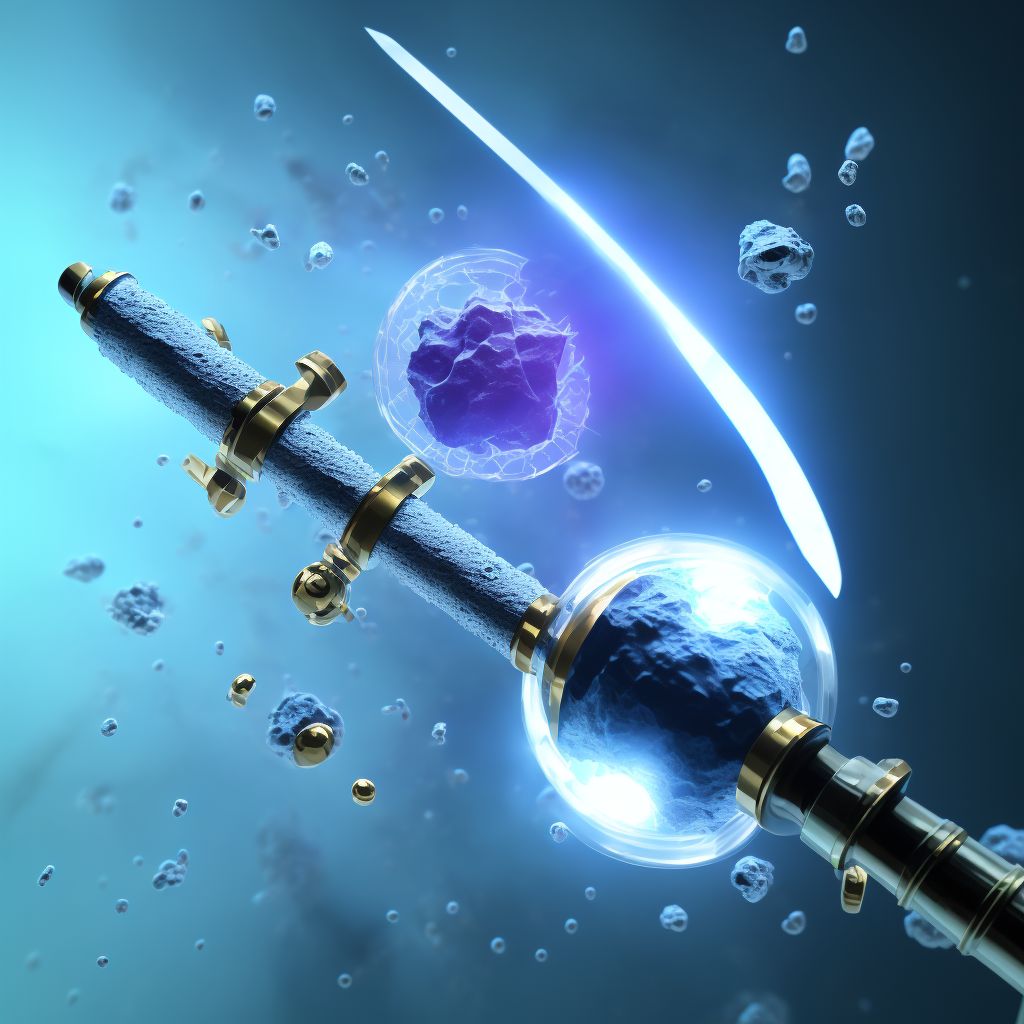
Unspecified fracture of shaft of left fibula, initial encounter for open fracture type IIIA, IIIB, or IIIC Save
ICD-10 code: S82.402C
Disease category: S82.402: Unspecified fracture of shaft of left fibula
Understanding Unspecified Fracture of Shaft of Left Fibula, Initial Encounter for Open Fracture Type IIIA, IIIB, or IIIC
When it comes to bone fractures, one particular type that can occur is an unspecified fracture of the shaft of the left fibula. This injury is categorized as an open fracture, which means that the bone has broken through the skin, potentially leading to more severe complications. In this article, we will explore the nature of this specific fracture and its initial encounter, excluding any information regarding treatment.
Fractures of the shaft of the left fibula can vary in severity, classified as Type IIIA, IIIB, or IIIC. These classifications are based on the extent of the injury and the level of damage to the surrounding tissues. It's important to note that an unspecified fracture means that the exact type within the classification system has not been determined or specified.
Open fractures of the left fibula's shaft require immediate medical attention due to the risk of infection and potential damage to nerves, blood vessels, and other nearby structures. The initial encounter refers to the first medical examination and assessment of the fracture to determine the appropriate course of action.
During the initial encounter, healthcare professionals will evaluate the patient's condition and conduct diagnostic tests such as X-rays or CT scans. These imaging techniques provide detailed information about the location and severity of the fracture, helping the medical team understand the extent of the injury.
- The initial encounter involves a thorough examination of the fracture site, assessing the surrounding soft tissues for any signs of damage or contamination.
- Doctors will also evaluate the patient's overall health and inquire about any symptoms or pain experienced.
- Diagnostic imaging, such as X-rays or CT scans, will be performed to determine the exact nature of the fracture and assess any associated complications.
- Additional tests may be conducted to evaluate nerve and blood vessel function and identify any potential injuries to these structures.
By assessing the severity and extent of the fracture during the initial encounter, healthcare professionals can develop an appropriate treatment plan to address the patient's specific needs. Treatment options may include surgical intervention, immobilization with a cast or splint, or a combination of both.
It's crucial for individuals with an unspecified fracture of the shaft of the left fibula to seek immediate medical attention to prevent further complications and ensure proper healing. The initial encounter is a critical step in the management of this injury, allowing healthcare professionals to accurately diagnose and plan the most effective course of treatment.
Treatment of Unspecified fracture of shaft of left fibula, initial encounter for open fracture type IIIA, IIIB, or IIIC:
Treatment Options for 'Unspecified Fracture of Shaft of Left Fibula, Initial Encounter for Open Fracture Type IIIA, IIIB, or IIIC'
An unspecified fracture of the shaft of the left fibula can be a challenging injury, particularly when it is an open fracture type IIIA, IIIB, or IIIC. However, with the right treatment options, patients can experience a successful recovery and regain t...
To see full information about treatment please Sign up or Log in